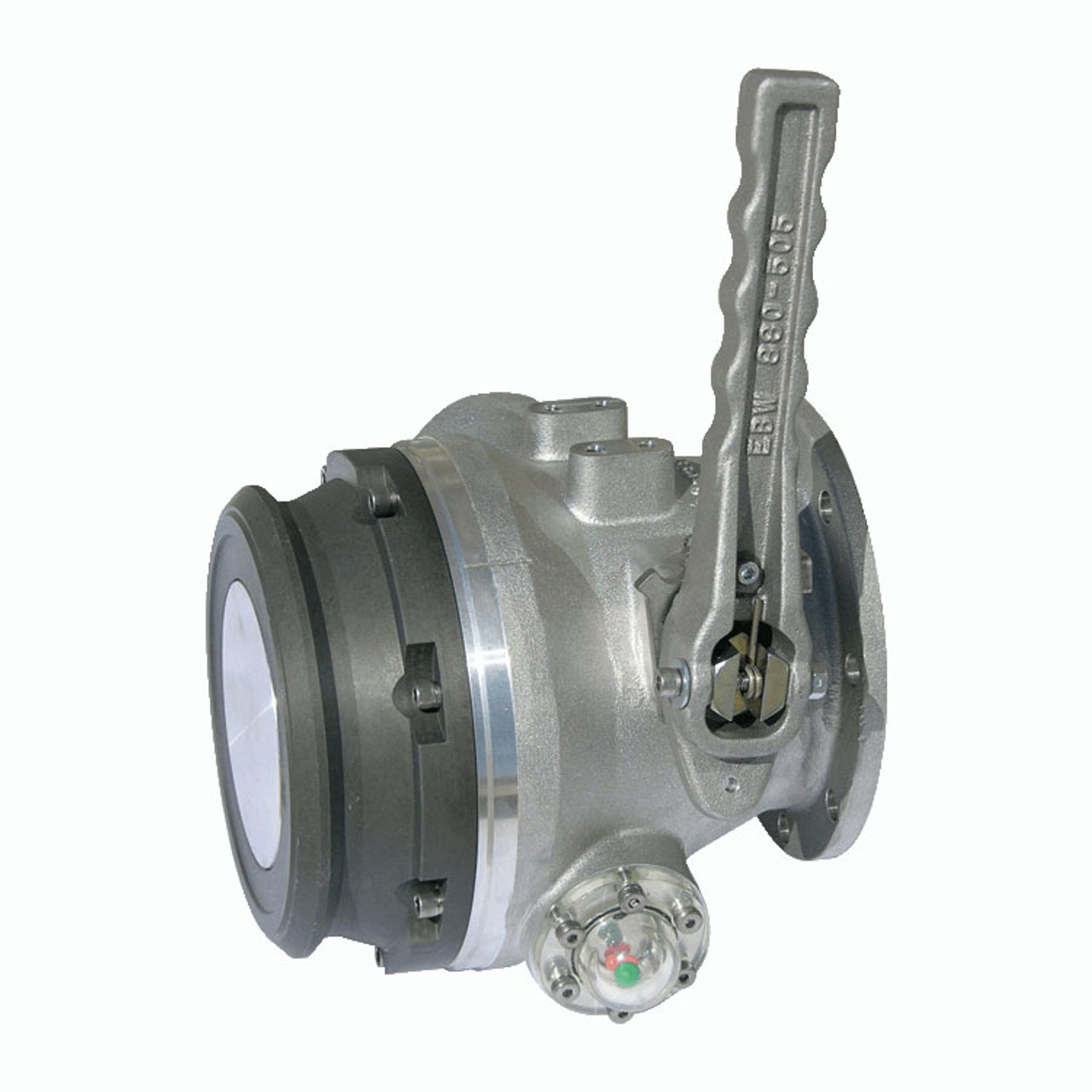

Articles
What Is An Api Adapter
Modified: December 7, 2023
Learn what an API adapter is and how it can enhance your development process. Read our articles to gain insights and expert advice on API adapters.
(Many of the links in this article redirect to a specific reviewed product. Your purchase of these products through affiliate links helps to generate commission for Storables.com, at no extra cost. Learn more)
Introduction
In today’s digital landscape, the exchange of data between different systems and applications is crucial for businesses to thrive. APIs (Application Programming Interfaces) play a vital role in facilitating this data exchange, allowing different software components to communicate with each other seamlessly. However, with the growing complexity and diversity of APIs, there arises a need for a standardized way to interface with them effectively. This is where API adapters come into play.
API adapters act as a middle layer between the consuming application and the API, providing a simplified interface that abstracts away the complexities of the underlying API. They bridge the gap between the specific requirements of the consuming application and the API’s native data format and interaction model. In essence, API adapters act as translators, enabling applications to speak the same language as the API they are integrating with.
API adapters work by leveraging a set of predefined rules and configurations to transform requests and responses between the consuming application and the API. They handle tasks such as data mapping, request validation, error handling, and protocol conversion. This abstraction layer simplifies the integration process and shields the consuming application from the intricacies of the API’s implementation details.
The benefits of using API adapters are manifold. Firstly, they promote interoperability by allowing applications to integrate with multiple APIs using a consistent interface. Instead of having to understand and implement the nuances of each API individually, developers can interact with the adapters, which handle the complexities on their behalf. This simplifies development, reduces the learning curve, and enhances productivity.
Additionally, API adapters enable decoupling between the consuming application and the API. This decoupling allows for easier maintenance and scalability, as changes in the API’s structure or implementation can be seamlessly accommodated within the adapter without impacting the consuming application. This modularity enhances flexibility and future-proofing, making it easier to adapt to evolving business needs and technological advancements.
API adapters are used in a wide array of use cases across various industries. One common scenario is when integrating third-party services or external APIs into an application. Adapters handle tasks such as authentication, data transformations, and error handling, ensuring seamless integration with minimal effort. Another use case is when migrating from one API to another. Adapters can be developed to mimic the old API’s interface, allowing for a smooth transition without disrupting existing codebases.
Key Takeaways:
- API adapters act as a crucial intermediary, simplifying integration with external APIs by providing a standardized interface. They enhance interoperability, decoupling, and security, streamlining the communication process for seamless data exchange.
- When selecting an API adapter, consider compatibility, flexibility, error handling, security, community support, and scalability. Implementing best practices, such as thorough understanding of the API, modular design, and robust error handling, ensures successful integration and reliable communication with external APIs.
Read more: What Is An Adapter
Definition of API Adapter
An API adapter is a software component that acts as a bridge between a consuming application and an API. It allows the consuming application to interact with the API in a simplified and standardized manner, abstracting away the complexities of the underlying API. The adapter acts as a translation layer, transforming requests and responses between the consuming application and the API, ensuring seamless integration and data exchange.
API adapters are designed to handle the differences in data formats, protocols, and interaction models between the consuming application and the API. They provide a consistent and unified interface that shields the consuming application from the intricacies of the API’s implementation details. By encapsulating the API-specific logic within the adapter, developers can focus on building the consuming application without worrying about the nitty-gritty of API integration.
The API adapter takes care of tasks such as request validation, data mapping, error handling, and protocol conversion. It ensures that the request sent from the consuming application complies with the API’s requirements and formats the response received from the API into a format that the consuming application can understand. This abstraction layer simplifies the integration process, reduces development effort, and improves maintainability.
API adapters can be developed in various programming languages and can be customized to suit specific application requirements. They can be implemented as standalone components or as part of a larger integration framework. The adapter’s configuration and rule set define how the requests and responses are transformed between the consuming application and the API. These configurations can be easily modified and updated as needed, providing flexibility and adaptability to changes in the API or business requirements.
In summary, an API adapter acts as an intermediary between a consuming application and an API, providing a simplified and standardized interface for integration. It abstracts away the complexities of the API and handles tasks such as data transformation and protocol conversion. By using an API adapter, developers can streamline the integration process, enhance interoperability, and improve the overall efficiency of the application/API integration.
How API Adapters Work
API adapters work by intercepting requests from the consuming application and translating them into a format that the API understands. Similarly, they intercept responses from the API and transform them into a format that the consuming application can process. This translation process is facilitated by a set of rules and configurations defined within the adapter.
When a request is sent from the consuming application to the API, the API adapter captures the request and validates it against predefined criteria. This validation ensures that the request meets the API’s requirements and avoids unnecessary communication with the API if the request is deemed invalid. After validation, the adapter maps the request parameters to match the corresponding API endpoints and formats the request in the API’s expected structure.
Once the request has been transformed, the adapter forwards it to the API. It handles the communication with the API, including authentication, protocol conversion, and data serialization. The API adapter handles any errors or exceptions that may occur during the request/response cycle, providing appropriate error messages or transforming the response into a standardized format that the consuming application can handle.
When the API sends a response back to the adapter, it undergoes a similar transformation process. The adapter interprets the response, validates it, and maps it to match the expected structure of the consuming application. It converts the response into a format that the consuming application can understand, ensuring seamless integration without requiring the application to have deep knowledge of the API’s intricacies.
API adapters can also handle data transformation and enrichment tasks. For example, they can map data fields from one format to another, combine data from multiple API responses, or perform calculations or data manipulations before presenting the final response to the consuming application. This flexibility allows the adapter to provide a more tailored and simplified view of the data, aligning it with the needs and expectations of the consuming application.
Overall, API adapters streamline the integration process between a consuming application and an API by abstracting away the complexities of the API and providing a simplified and standardized interface. They handle request validation, data transformation, error handling, and protocol conversion, ensuring seamless communication and interoperability. API adapters simplify development, enhance maintainability, and improve the overall efficiency of the application/API integration.
Benefits of Using API Adapters
API adapters offer numerous benefits to both developers and businesses looking to integrate with external APIs. Here are some of the key advantages of using API adapters:
Simplified Integration
One of the main benefits of using API adapters is that they simplify the integration process. Adapters provide a standardized and simplified interface that abstracts away the complexities of the underlying API. Developers can interact with the adapter, which handles the intricacies of the API integration. This reduces the learning curve and simplifies the development process, enabling faster and more efficient integration with external systems.
Read more: What Is A Lug Adapter
Interoperability
API adapters promote interoperability by allowing applications to integrate with multiple APIs using a consistent interface. Instead of dealing with the specific requirements and data formats of each API individually, developers can interact with the adapter, which handles the API-specific details on their behalf. This makes it easier to integrate and switch between different APIs, enhancing flexibility and reducing the integration effort.
Decoupling
API adapters enable decoupling between the consuming application and the API. The adapter acts as an abstraction layer, shielding the consuming application from the complexities of the API’s implementation details. This decoupling allows for easier maintenance and scalability. Changes in the API’s structure or implementation can be seamlessly accommodated within the adapter, without impacting the consuming application. This modularity enhances flexibility, future-proofing, and ease of adapting to evolving business needs.
Enhanced Security
API adapters can improve the security of API integrations. Adapters can handle authentication and authorization processes, ensuring that only authorized requests are sent to the API. They can also perform data validation and sanitization, protecting against potential security vulnerabilities or malicious attacks. By centralizing and managing security-related tasks within the adapter, the risks associated with API integrations can be minimized.
Improved Performance
API adapters can improve the performance of applications that integrate with APIs. Adapters can cache API responses, reducing the number of requests sent to the API and improving overall response times. They can also optimize data formats and payloads, minimizing bandwidth consumption and reducing latency. By caching and optimizing API interactions, adapters help enhance the performance and user experience of the consuming application.
Read more: What Is A Video Adapter
Flexibility and Customization
API adapters can be customized to fit specific application requirements. Developers can configure and extend the adapter’s capabilities to handle custom data mappings, transformations, or validations. This flexibility allows for tailoring the adapter to meet specific business needs and ensures a more seamless integration experience.
In summary, API adapters offer a range of benefits, including simplified integration, enhanced interoperability, decoupling, improved security, better performance, and flexibility for customization. By leveraging API adapters, businesses can streamline the integration process, adapt to evolving API changes, and provide a more secure and efficient experience for their applications and users.
Common Use Cases for API Adapters
API adapters are versatile tools that can be utilized in a wide range of use cases across different industries. Here are some common scenarios where API adapters prove to be invaluable:
Third-Party Service Integration
One of the primary use cases for API adapters is when integrating third-party services or external APIs into an application. These services often have their own unique data formats, protocols, and authentication mechanisms. API adapters act as a bridge, allowing the application to interact with these services using a standardized interface. The adapters handle tasks such as authentication, data transformations, error handling, and protocol conversion, simplifying the integration process and ensuring seamless communication between the application and the third-party service.
Data Aggregation and Consolidation
API adapters are also commonly used to aggregate and consolidate data from multiple APIs or data sources into a unified format. They can gather data from various API endpoints, transform and normalize it, and present it to the application in a standardized manner. This consolidation allows developers to work with a single source of data, simplifying data management and reducing complexity in the application’s codebase.
Read more: What Is An Mhl Adapter
Legacy System Integration
Organizations often have legacy systems that may not have modern APIs or may have outdated interfaces. API adapters can bridge the gap between these legacy systems and modern applications by providing a modern and standardized API interface. They can mimic the old system’s interface and handle the necessary data transformations, allowing the legacy system to seamlessly integrate with new applications without the need for costly retrofitting or rewriting of code.
API Versioning and Migration
When an API undergoes changes, such as introducing new features, modifying response structures, or deprecating older endpoints, API adapters can smooth the transition to the new version. Adapters can be developed to support both the old and new versions of the API simultaneously, allowing applications to gradually migrate to the new version without disrupting existing functionalities. This ensures continuity and stability during the process of API versioning and migration.
Error Handling and Monitoring
API adapters can play a crucial role in error handling and monitoring within an application. They can intercept API responses and perform error checks, transforming error messages into a standardized format for the consuming application. Adapters can also log and monitor API interactions, capturing metrics, and providing insights into API performance and usage. This helps in identifying and resolving issues, improving the reliability and stability of the application.
Performance Optimization
API adapters can be employed to optimize performance by reducing the number of requests sent to APIs or by caching API responses. Adapters can cache frequently accessed or static data, minimizing the reliance on real-time API calls and improving response times. Additionally, adapters can optimize data payloads by compressing or optimizing data formats, reducing bandwidth consumption and improving overall performance.
These are just a few of the common use cases for API adapters. Their versatility and flexibility make them a valuable tool for integrating with external APIs, consolidating data, supporting legacy systems, managing API versioning, handling errors, and optimizing performance in various application scenarios.
Read more: What Is A Moca Adapter
Key Features of API Adapters
API adapters offer a range of features that make them essential for seamless integration with external APIs. These features enable efficient communication, data transformation, and error handling between the consuming application and the API. Here are some key features of API adapters:
Data Mapping and Transformation
API adapters provide a mechanism to map and transform data between the consuming application and the API. They can handle data format conversions, field mappings, and data enrichment. Adapters allow developers to define rules and configurations to ensure that data sent from the application adheres to the API’s requirements and that API responses are transformed into a format that the application can process seamlessly.
Protocol Conversion
API adapters can handle different protocols used by the consuming application and the API. They act as a protocol converter, enabling communication between systems that utilize different communication protocols, such as REST, SOAP, or GraphQL. The adapter translates requests and responses between the protocols, allowing the consuming application to communicate seamlessly with the API without needing to understand the intricacies of the underlying protocols.
Error Handling and Fault Tolerance
API adapters incorporate error handling mechanisms to handle exceptional scenarios during communication with the API. They capture and handle errors and exceptions that occur during the request/response cycle, providing meaningful error messages to the consuming application. Adapters can also implement fault tolerance strategies, such as retry mechanisms or circuit breakers, to enhance the resilience and reliability of the integration.
Read more: What Is A Trap Adapter
Data Validation and Security
API adapters can perform data validation and sanitization to ensure that requests sent to the API adhere to the required data formats and constraints. They can validate incoming data, check for potential security vulnerabilities, and sanitize user inputs to prevent malicious attacks. Adapters can also handle authentication and authorization processes, allowing secure communication between the consuming application and the API.
Request Rate Limiting
API adapters can implement request rate limiting mechanisms to prevent excessive requests being sent to the API. By monitoring the number of requests and adjusting the request rate, adapters can help control API usage and prevent abuse. Rate limiting can be based on factors such as API usage thresholds, user roles, or specific API endpoints, ensuring fair and controlled access to the API resources.
Logging and Monitoring
API adapters can log API interactions and capture metrics to provide insights into the performance, usage, and error rates of the integration. They can generate logs for auditing, debugging, and analytics purposes, allowing developers to monitor the behavior of the integration and troubleshoot issues. Logging and monitoring features enable better observability and help maintain the health and performance of the integration.
These key features make API adapters essential for facilitating efficient and secure communication between the consuming application and external APIs. The ability to handle data mapping, protocol conversion, error handling, data validation, security, request rate limiting, logging, and monitoring ensures seamless integration and enhances the overall reliability, performance, and maintainability of the application/API integration.
Selecting the Right API Adapter
Selecting the right API adapter is crucial for a successful integration with an external API. Here are some key factors to consider when choosing an API adapter:
Read more: What Is A Male Adapter
Compatibility with APIs
Ensure that the API adapter is compatible with the APIs you are integrating with. Different adapters may be specialized for specific API types or communication protocols. Ensure that the adapter supports the required authentication methods, data formats, and interaction models of the APIs you plan to integrate. Compatibility with the APIs will ensure smooth integration and minimize the need for extensive customization or workaround solutions.
Flexibility and Customizability
Consider the level of flexibility and customizability offered by the API adapter. Each integration scenario may have unique requirements, such as specific data mappings, validation rules, or error handling processes. A highly customizable adapter allows developers to configure and extend its capabilities to meet these specific requirements. Look for adapters that provide options to define custom rules, validations, and data transformations, ensuring a tailored integration experience.
Error Handling and Monitoring Capabilities
Evaluate the error handling and monitoring capabilities of the API adapter. Error handling mechanisms, such as capturing and transforming error messages, can greatly simplify troubleshooting and debugging the integration. Additionally, built-in monitoring and logging features can provide valuable insights into the integration’s performance, usage, and error rates. Ensure that the API adapter offers robust error handling and monitoring capabilities to identify and resolve issues effectively.
Security Features
Consider the security features provided by the API adapter. API integrations often involve sensitive data and require secure communication. Look for adapters that offer authentication and authorization capabilities, as well as data validation and sanitization features to protect against security vulnerabilities. A reliable adapter should also support secure transport protocols, such as SSL/TLS, to ensure secure communication between the application and the API.
Read more: What Is Network Adapter
Community Support and Documentation
Check the availability of community support and documentation for the API adapter. Having an active community of developers using the adapter can be beneficial in terms of troubleshooting, sharing best practices, and finding solutions to common issues. Comprehensive documentation, including installation guides, usage examples, and API reference documentation, will help developers understand and utilize the capabilities of the adapter effectively.
Performance and Scalability
Consider the performance and scalability aspects of the API adapter. Evaluate how the adapter handles high volumes of requests and responses and its ability to scale with the application’s requirements. The adapter should be able to handle request rate limiting efficiently and optimize data payloads to minimize bandwidth consumption. Look for adapters that have been tested and proven to perform well under varying workloads and can scale according to the application’s needs.
By evaluating these factors and selecting the right API adapter, you can ensure a smooth and efficient integration with external APIs. The adapter’s compatibility, flexibility, security features, error handling capabilities, community support, and scalability will contribute to a successful integration, providing a seamless and reliable connection between your application and the APIs it interacts with.
Challenges and Considerations when Using API Adapters
While API adapters offer significant benefits in integrating with external APIs, there are also challenges and considerations to be aware of. Understanding these factors will help you overcome potential hurdles and make informed decisions during the implementation and usage of API adapters. Here are some key challenges and considerations when using API adapters:
API Compatibility
APIs can differ in terms of data formats, authentication methods, endpoint structures, and supported protocols. API adapters need to be compatible with the specific APIs you are integrating with. Ensuring compatibility can be challenging when dealing with proprietary or complex APIs. Thoroughly review the API’s documentation and check the supported features and compatibility of the adapter to avoid integration issues and potential discrepancies between the adapter and the API.
Read more: What Is A Dvi Adapter
Complex Mapping and Transformation
Data mapping and transformation can become complex when integrating multiple APIs or working with disparate data formats. API adapters must handle these complexities, which may require extensive configuration and customization. Consider the complexity of your data mapping requirements and assess the flexibility and customizability of the adapter to ensure it can meet your needs. Proper planning and understanding of data structures and necessary transformations are crucial to create efficient and accurate mappings.
Performance Impact
API adapters introduce an additional layer between the consuming application and the API, which can impact performance. The adapter may add latency to API calls due to data transformation, protocol conversion, or additional processing. Consider the performance requirements of your application and evaluate the efficiency of the adapter. Look for optimized algorithms, built-in caching mechanisms, and request rate limiting features to minimize performance impact and maintain a responsive integration.
Maintenance and Upgrades
APIs undergo updates and version changes, requiring corresponding adjustments in the adapter. Ensure that the adapter is maintained and kept up-to-date by its developers. Monitor API changelogs and assess the impact of API updates on the adapter. Consider the long-term maintenance and upgrade capabilities of the adapter before integrating it into your application. Regular updates and patches will ensure compatibility and security while supporting continued functionality and integration.
Error Handling and Resilience
Efficient error handling and resilience are critical when working with external APIs. API adapters need to handle API errors, network failures, and service interruptions gracefully. Consider the error handling mechanisms provided by the adapter, such as the ability to capture and transform error messages, and implement fault tolerance strategies like retries or circuit breakers. Robust error handling and resilience mechanisms will help maintain stability and prevent disruption in the integration process.
Read more: What Is A Loopback Adapter
Security Considerations
API adapters should prioritize security to protect sensitive data during integration. Ensure that the adapter supports secure communication protocols and provides authentication and authorization capabilities. Validate and sanitize data inputs to prevent security vulnerabilities. Assess the adapter’s security features and consider compliance requirements and industry best practices to ensure the confidentiality, integrity, and availability of your data.
By considering these challenges and considerations, you can proactively address them during the implementation and usage of API adapters. Understanding the compatibility, complexity of data mapping, performance impact, maintenance requirements, error handling, and security considerations will help you make informed decisions, optimize the integration process, and ensure the smooth and secure communication between your application and external APIs.
Best Practices for Implementing API Adapters
Implementing API adapters requires careful planning, thoughtful design, and adherence to best practices to ensure a successful integration with external APIs. Here are some key best practices to follow when implementing API adapters:
Thoroughly Understand the API
Before implementing an API adapter, thoroughly understand the API you are integrating with. Familiarize yourself with the API’s documentation, including its data structures, authentication methods, rate limits, and error handling mechanisms. Understanding the API’s intricacies will help you design a robust adapter that can handle the API’s requirements effectively.
Design for Reusability and Modularity
Design your API adapter to be reusable and modular. Consider potential future integrations and design the adapter to accommodate different APIs and use cases. Break down the functionality into smaller, encapsulated modules that can be easily customized, extended, and reused. This will make it more efficient to adapt the adapter for different applications or future API integration projects.
Read more: What Is An Adapter Card
Follow the Principle of Least Surprise
Adopt the principle of least surprise when designing the API adapter’s interface and behavior. Make the adapter’s functionalities and configurations intuitive and consistent with the consuming application’s expectations. Avoid introducing unnecessary complexity or deviations from standard API practices, as this can lead to confusion and difficulties in maintaining and troubleshooting the integration.
Data Validation and Error Handling
Implement robust data validation and error handling mechanisms in the API adapter. Validate all incoming and outgoing data to ensure its integrity and compliance with the API’s requirements. Implement appropriate error handling strategies, including capturing and transforming error messages, to provide meaningful feedback to the consuming application. Handle errors gracefully and use consistent error codes or messages to enable better troubleshooting and debugging.
Optimize Performance and Reliability
Efficiently optimize the performance and reliability of the API adapter. Use caching mechanisms to minimize unnecessary API calls and optimize response times. Implement request rate limiting to prevent abuse and ensure the adapter is robust under high load. Consider implementing circuit breakers or retries to handle network failures or temporary inconsistencies in the API’s availability. Continuously monitor and fine-tune the adapter’s performance to meet the application’s needs.
Ensure Maintained Compatibility
APIs evolve over time, so it is crucial to monitor compatibility and maintain the adapter accordingly. Stay up to date with the API’s updates, changes, and deprecations. Regularly communicate with the API provider and check for newer versions of the API or any upcoming changes. Continuously update and maintain the adapter to ensure seamless compatibility with the API and mitigate the risk of integration issues or disruptions.
Read more: What Is A Switching Adapter
Thorough Testing and Documentation
Conduct thorough testing of the API adapter across various scenarios and edge cases. Perform integration testing to verify that the adapter behaves as expected with the API and the consuming application. Document the adapter’s usage, configuration options, and any special considerations or limitations. Provide comprehensive documentation to guide developers in integrating with the adapter and troubleshooting any issues that may arise.
By following these best practices, you can ensure a well-designed, reusable, performant, and reliable API adapter. Thorough understanding of the API, modular design, optimal performance, robust error handling, continuous compatibility maintenance, and thorough testing and documentation will contribute to successful integration and seamless communication between the consuming application and external APIs.
Conclusion
API adapters play a crucial role in simplifying and standardizing the integration process between applications and external APIs. They act as a bridge, abstracting away the complexities of APIs and providing a simplified and standardized interface for communication. API adapters provide numerous benefits, including simplified integration, enhanced interoperability, decoupling, improved security, and performance optimization.
When selecting an API adapter, consider factors such as compatibility with the APIs, flexibility and customizability, error handling and monitoring capabilities, security features, community support, and documentation. By choosing the right API adapter and following best practices during implementation, you can ensure successful integration and seamless communication between your application and external APIs.
However, it’s important to be aware of the challenges and considerations that come with using API adapters. Factors such as API compatibility, complex data mapping and transformation, performance impact, maintenance and upgrades, error handling, and security should be carefully considered and addressed to ensure a smooth integration process and secure communication.
Adhering to best practices for implementing API adapters, such as understanding the API, designing for reusability and modularity, following the principle of least surprise, implementing data validation and error handling, optimizing performance and reliability, ensuring maintained compatibility, and thorough testing and documentation, will contribute to a successful and efficient integration with external APIs.
In conclusion, API adapters simplify and streamline the integration process, enabling applications to communicate with external APIs in a standardized and efficient manner. By leveraging the benefits, overcoming challenges, and following best practices, API adapters can greatly enhance the integration capabilities of applications, empower businesses to leverage the full potential of external APIs, and provide a seamless and secure user experience.
Frequently Asked Questions about What Is An Api Adapter
Was this page helpful?
At Storables.com, we guarantee accurate and reliable information. Our content, validated by Expert Board Contributors, is crafted following stringent Editorial Policies. We're committed to providing you with well-researched, expert-backed insights for all your informational needs.
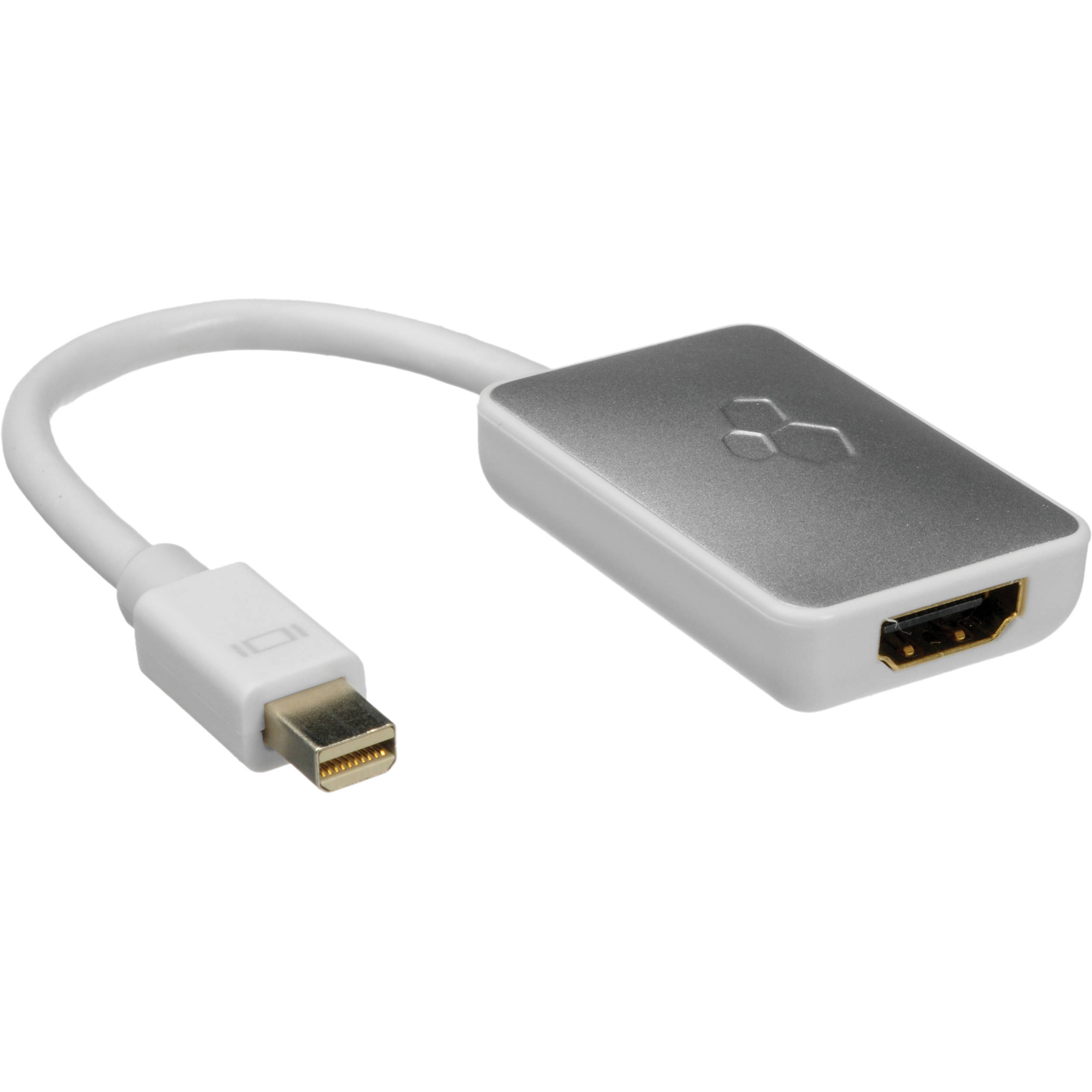
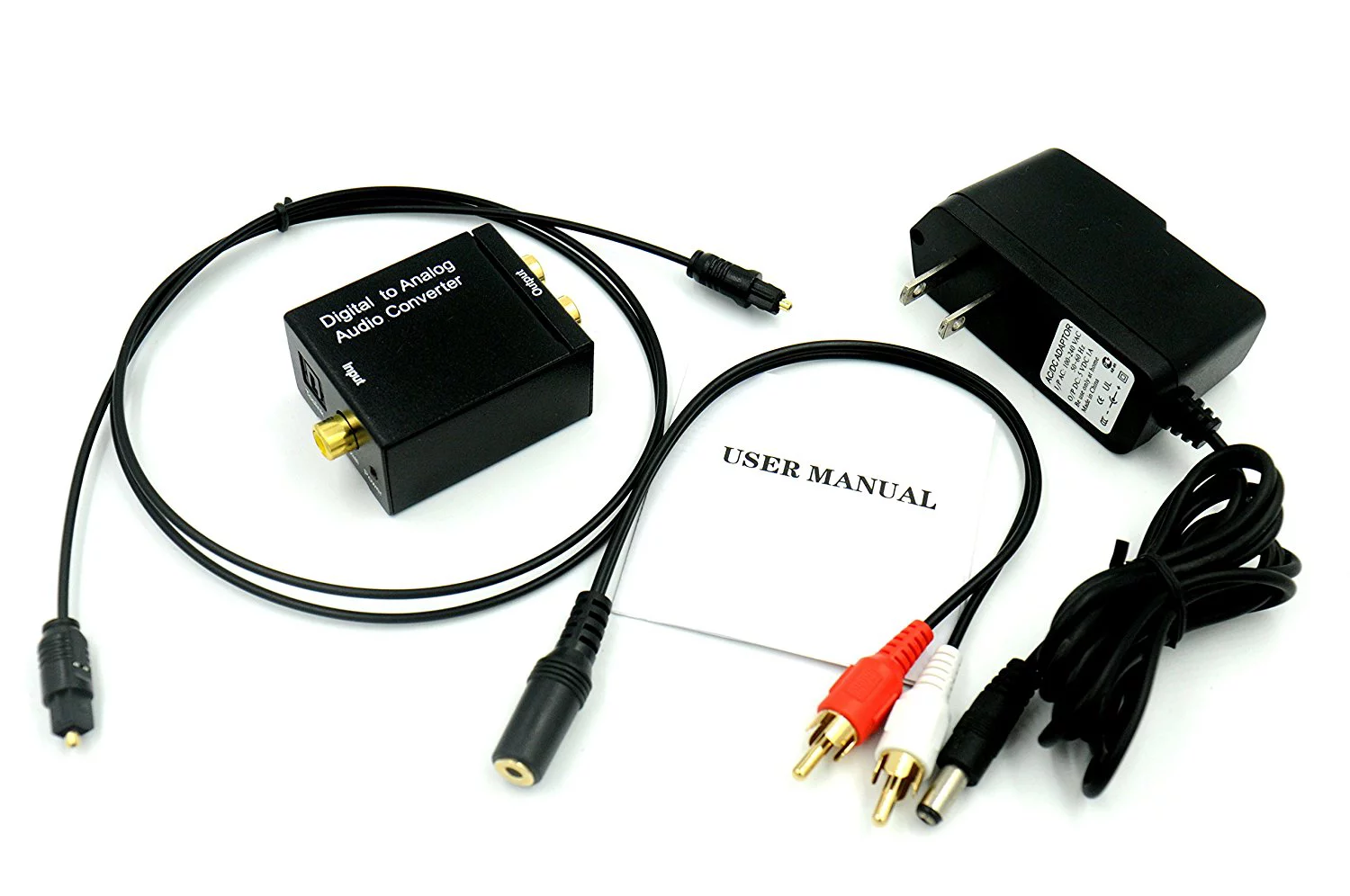
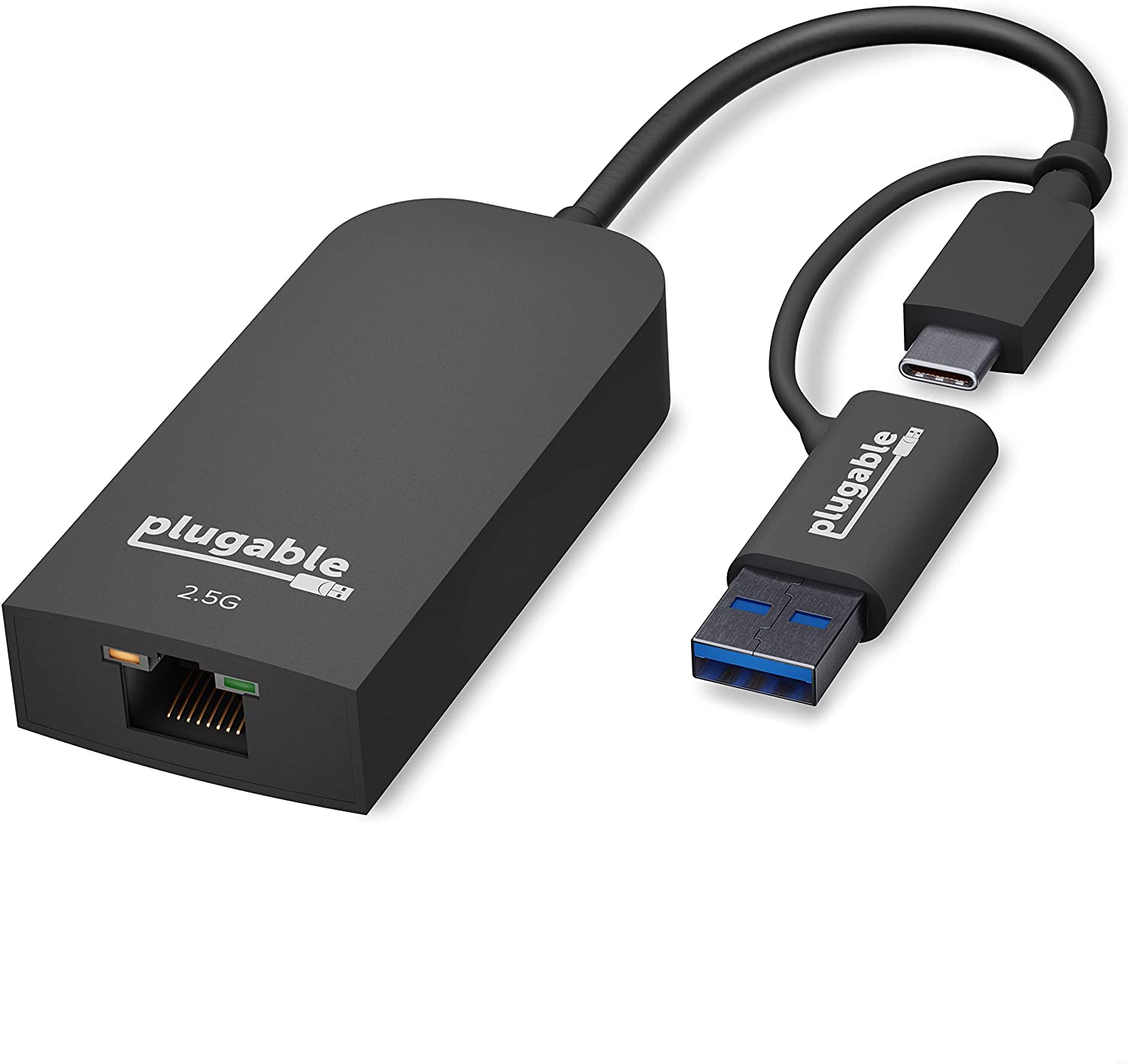
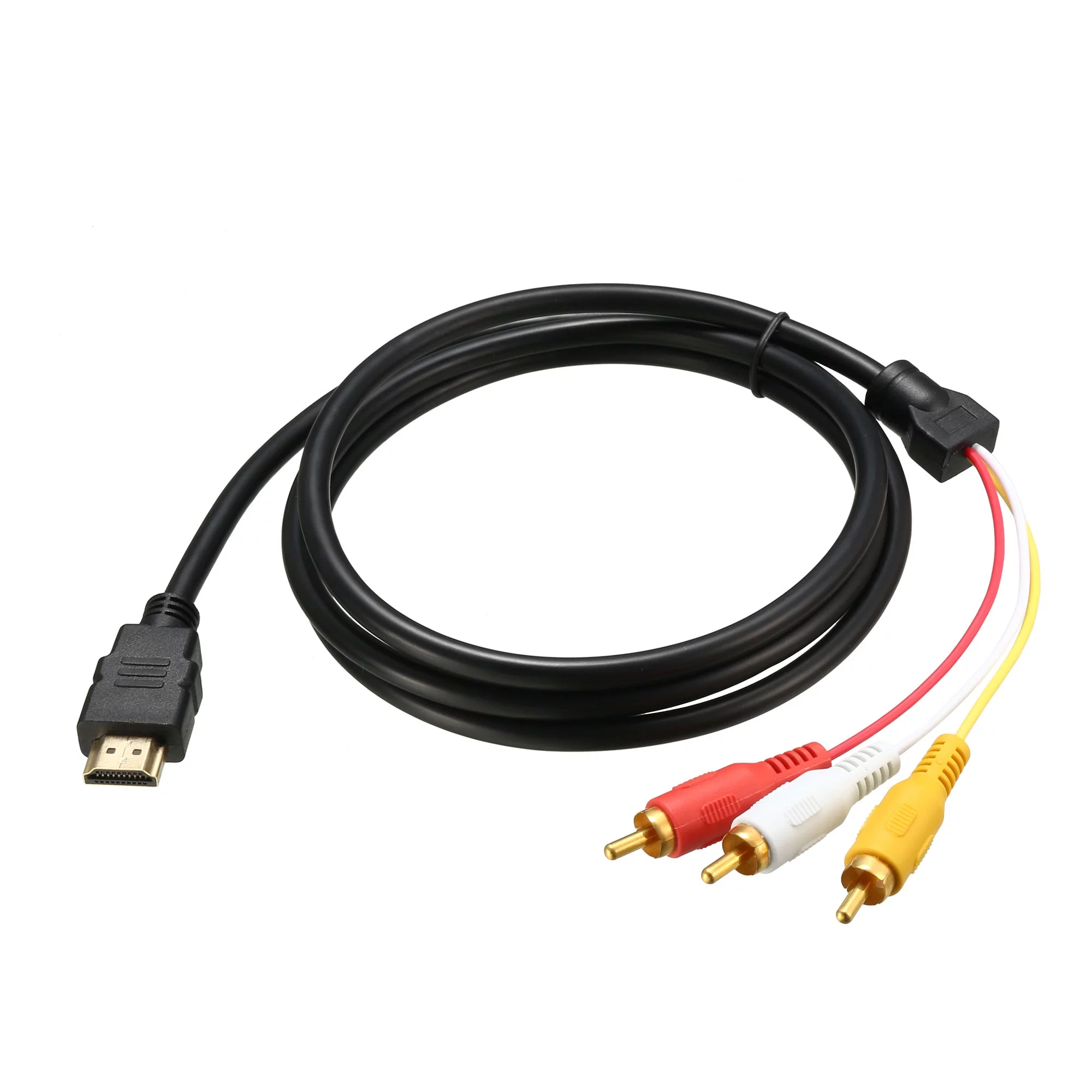

0 thoughts on “What Is An Api Adapter”